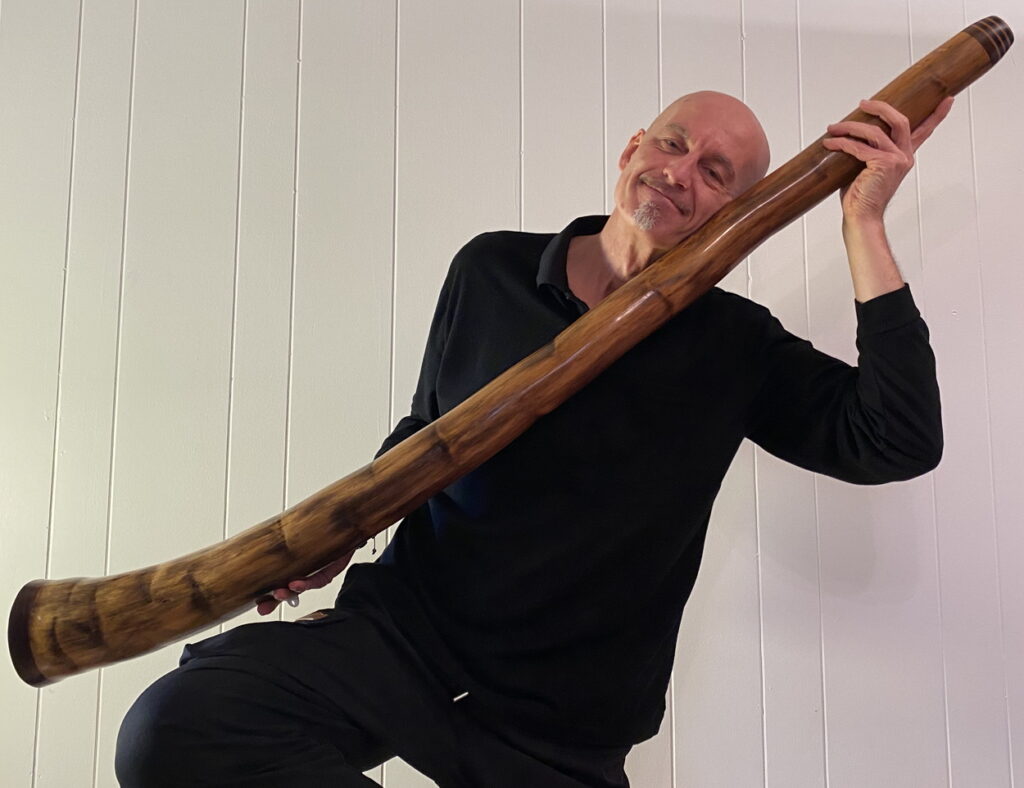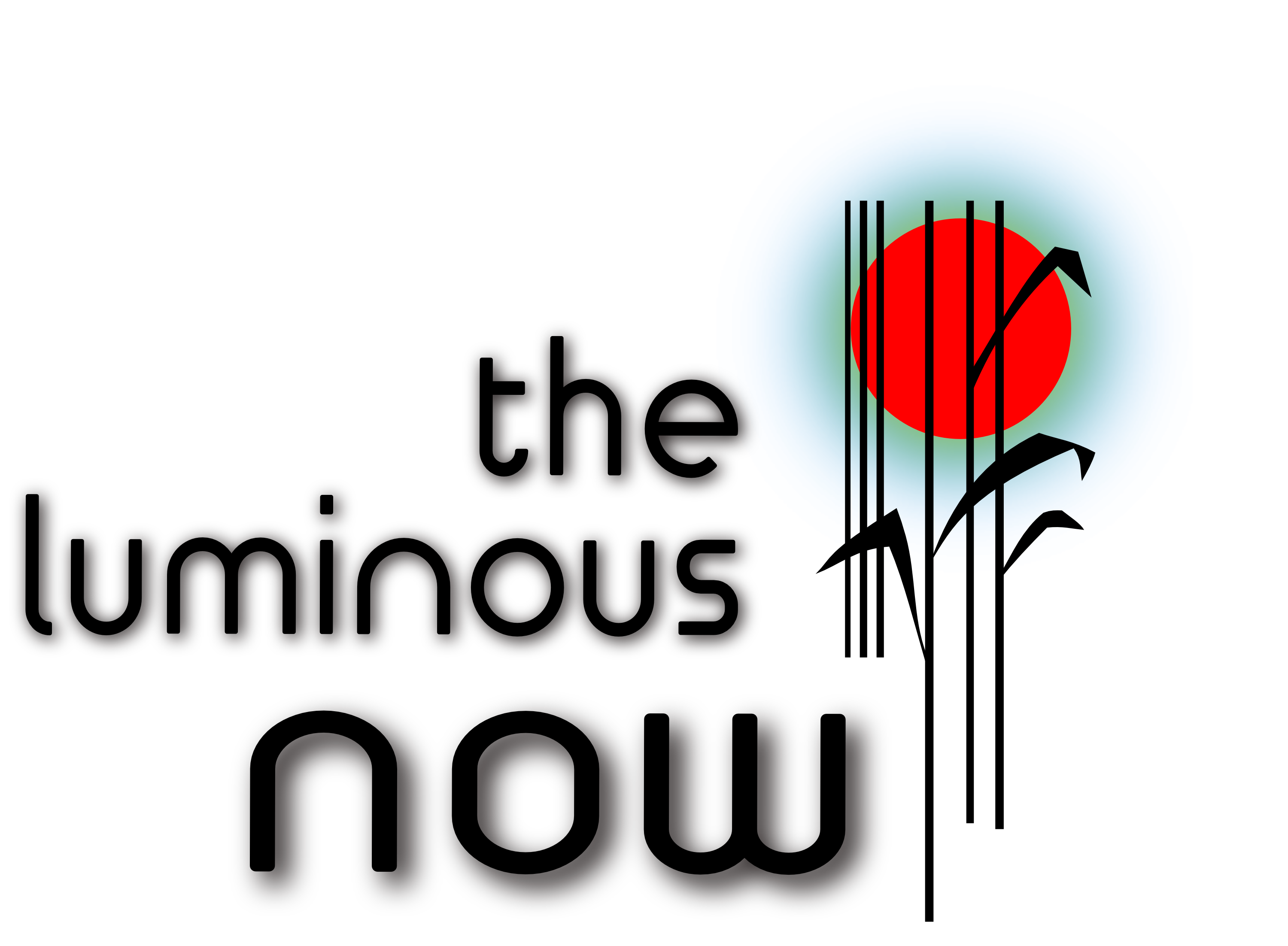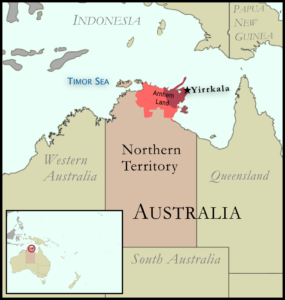The Magic Of The Didgeridoo
An Ancient Instrument
The didgeridoo, also spelled didjeridu, stands as one of the world’s oldest wind instruments, deeply embedded in the cultural and spiritual tapestry of Indigenous Australia. Its origins are primarily traced to the Northern Territory, especially the region known as Arnhem Land. Contrary to the widespread belief that the didgeridoo was ubiquitous across all Aboriginal communities, historical evidence and oral traditions indicate that its traditional use was concentrated among specific groups within this area. Out of the more than 200 distinct Aboriginal nations, only a select few originally incorporated the didgeridoo into their ceremonial and daily practices.
Archaeological findings suggest that the didgeridoo has been played for at least 1,500 years, as evidenced by rock paintings in Northern Australia. However, Aboriginal oral history extends its origins much further, into the Dreamtime—the foundational era of creation in Aboriginal mythology, believed to date back at least 30,000 years. In this context, the didgeridoo transcends its role as a musical instrument, serving as a conduit for storytelling, ritual, and a profound connection to the land and the spiritual realm.
Traditionally, the didgeridoo was played as an accompaniment to ceremonial dancing and singing, as well as for solo or recreational purposes. For Aboriginal peoples of northern Australia, the instrument is still used to accompany singers and dancers in cultural ceremonies. For the Yolngu people, the didgeridoo is part of their entire physical and cultural landscape, comprising the people and spirit beings which belong to their country, kinship system, and language. It is connected to Yolngu Law and underpinned by ceremony, in song, dance, visual art, and stories.
The didgeridoo’s deep, resonant drone is often described as the “soundtrack to the Northern Territory,” evoking the mystery and magic of the Dreamtime. Traditionally, an Aboriginal person would immerse themselves in nature, attentively listening to the myriad sounds of animals, wind, thunder, creaking trees, and flowing water. They would then emulate these natural sounds within the continuous drone of the didgeridoo, capturing the essence of their environment.
In Aboriginal culture, the didgeridoo is used in both ceremonies and informal settings, often as an accompaniment to chanting, singing, and dancing. The music of traditional didgeridoo players is deeply related to the earth and their spirituality.
The didgeridoo’s significance extends beyond music; it is a vessel for storytelling, ritual, and a profound connection to the land and the spiritual realm. Its deep, resonant tones are believed to mimic the sounds of the natural world, creating a bridge between the physical and spiritual planes. This instrument serves as a testament to the rich cultural heritage and enduring traditions of the Aboriginal peoples of Australia.
A Living, Breathing Expression of Nature
Often referred to as the “sound of Australia,” the didgeridoo produces a deep, resonant drone that is both grounding and hypnotic. Traditionally crafted from eucalyptus trees naturally hollowed by termites, each instrument is unique in tone and resonance.
Playing the didgeridoo requires -at some point- a specialized technique called circular breathing, which allows the player to produce a continuous sound without pausing for breath. This technique, combined with rhythmic pulsations, harmonic overtones, and vocalizations, enables the player to create an expansive soundscape that mimics the elements of nature. Some of the most mesmerizing didgeridoo sounds emulate the calls of Australian wildlife, such as:
- The deep growl of a dingo
- The laughing chatter of a kookaburra
- The rhythmic pulsing of insect wings
This rich sonic tapestry has captivated listeners for centuries, drawing them into an immersive experience that transcends music and ventures into the realm of meditation, altered states, and healing.
A Tool for Transformation
In recent decades, the didgeridoo has gained widespread recognition beyond its cultural roots, emerging as a powerful tool in sound healing and vibrational therapy. The instrument’s low-frequency vibrations have a profound effect on both the mind and body, offering numerous therapeutic benefits:
- Deep Relaxation & Stress Reduction – The continuous, droning sound induces a meditative state, helping to quiet the mind, release tension, and lower stress levels.
- Energetic Balancing & Chakra Alignment – The didgeridoo’s resonant frequencies are believed to clear energetic blockages, facilitating emotional and spiritual harmony.
- Physical Healing & Circulation Stimulation – The sound waves penetrate deep into the body, enhancing circulation, promoting detoxification, and stimulating deep breathing—even benefiting those with conditions like sleep apnea.
- Grounding & Inner Peace – The primal, earthy quality of the didgeridoo fosters a deep sense of connection to the earth and one’s inner self, making it a powerful aid in spiritual practices.
During sound healing sessions, listeners are often enveloped in a sonic massage, where the vibrations of the didgeridoo are felt as much as they are heard. The experience can be deeply cathartic, evoking a sense of expansion, release, and renewal.
Bridging Ancient Wisdom with Modern Well-Being
The didgeridoo stands at the crossroads of ancient tradition and modern healing, carrying with it the wisdom of Indigenous cultures while continuing to evolve as a powerful tool for personal transformation and energetic alignment. More than just an instrument, it is a bridge between the past and the present, between the earthly and the spiritual. Whether played in sacred ceremonies, sound therapy sessions, meditative practices, or contemporary music, its ability to shift energy, elevate consciousness, and connect us to the primal rhythms of nature remains undeniable.
The deep, resonant vibrations of the didgeridoo have been described as a sonic portal, transporting the listener into a state of expanded awareness and deep inner stillness. It is an instrument that speaks not only to the ears but to the body and soul, allowing us to release tension, recalibrate our energetic field, and attune ourselves to the natural world.
By embracing the didgeridoo, we not only honor its sacred origins but also unlock a gateway to deep healing, spiritual awakening, and vibrational harmony. It is an invitation to listen, feel, and resonate with the timeless pulse of the earth, to surrender to the wisdom of sound, and to experience the transformative power of vibration in its purest form.
There are many ways and different locations to experience the didgeridoo. If you happen to be a local of Western North Carolina, you may consider some of my offerings to do so:
- Sonic Immersion — offered pretty regularly in a variety of locations, see events.
- Sound Healing Sessions for small groups — if this interests you, please contact me.
- Sound Healing Sessions for individuals — I’ll have a booking page up soon, but in the meantime, please drop me a line.
- “How To Play The Didge” — workshops (see events), as well as lessons in small group settings or for you only, contact me.
- “Hire a Didge” — do you want its sound & vibration in your own workshop, retreat, movement class, or alike? Perhaps in your film project, theater piece, at a gig … Let’s talk!
- Yoga with the Didgeridoo — in collaboration with Randi Janelle (see events). Or perhaps you’d like the sound for your own yoga class / studio – please get in touch!
- Shamanic Journeying with the Didgeridoo — in collaboration with Randi Janelle. This event only happens 3-4 times a year, so don’t miss it! No worries, it will be on the events page.
Plenty of options ~ See ya’ there!


